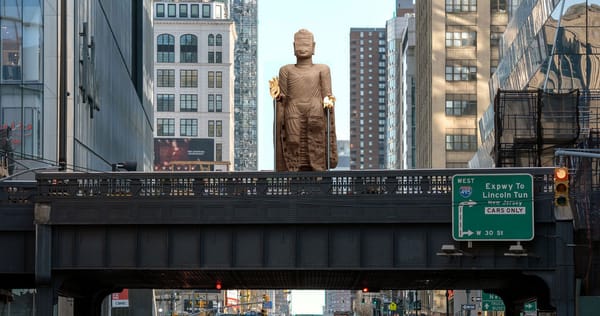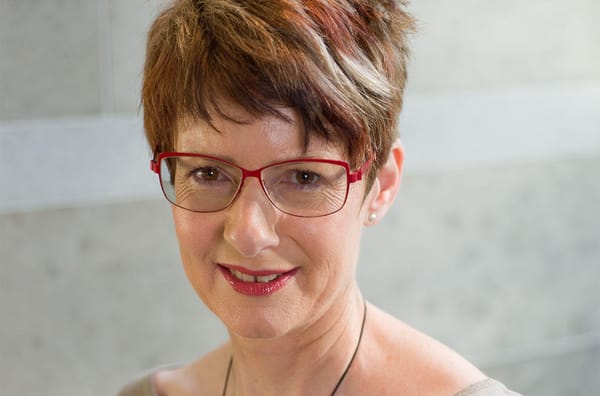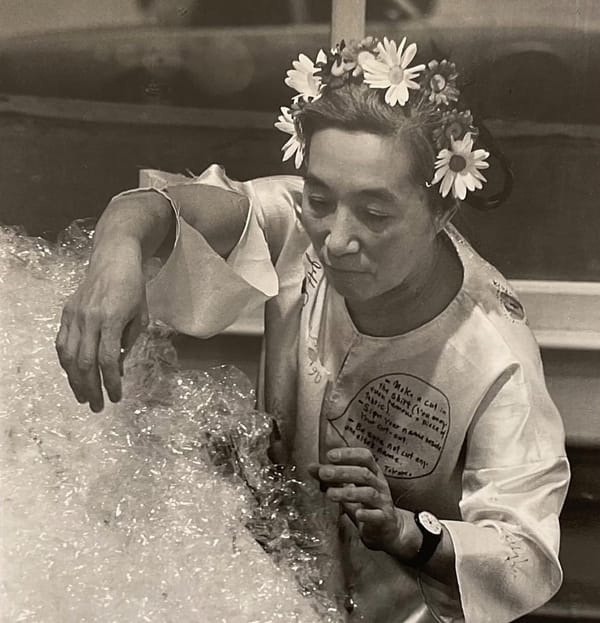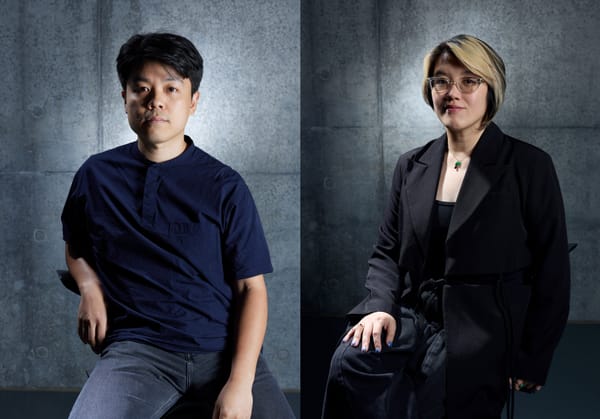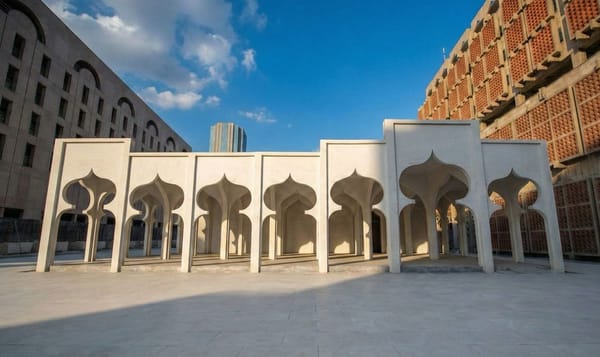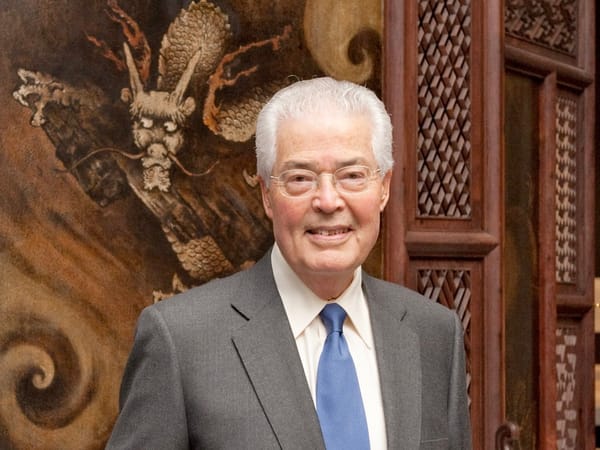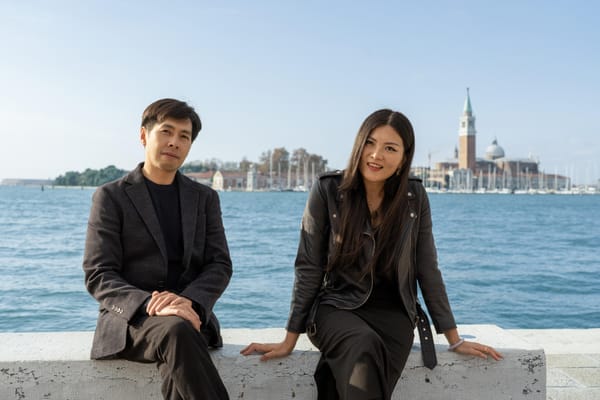News
Obituary: Selma Gürbüz (1960–2021)


On April 22, the acclaimed Turkish artist Selma Gürbüz passed away in Istanbul due to complications from Covid-19, aged 61. She was recognized for melding myths and visual inspirations from across the world to probe interculturally shared life experiences, and often reflected on humanity’s relationship with nature in the paintings, drawings, sculptures, installations, and videos created over her nearly-40-year-long career. In celebration of her practice, “This Place We Call World,” an ongoing exhibition of more than 100 works by Gürbüz, had opened at Istanbul Modern on November 5, 2020, before she became ill.
Born in Istanbul in 1960, Gürbüz studied at the Exeter College of Art Design in the United Kingdom in 1980–82 before returning to Turkey to complete her degree at Marmara University in 1984. Since the early days of her career, her works have starred animals, from a pair of semi-abstract cats in the acrylic painting Karakediler (1991) to the goats in The Night (2005), rendered in gouache on handmade paper. These all-black figures stem from Gürbüz’s interest in shadow-puppet theater, an art form in Turkey, China, Japan, and Indonesia that she would continue to draw from throughout her life. For the inaugural Gwangju Biennale in 1995, she staged her own Shadow Play, creating a puppet out of paper pulp.
Hybrid figures, such as the mythical tree-human creature in Tree Woman (2019), seen at “This Place We Call World,” also recur throughout her paintings. Blurring the boundaries between human and non-human beings and centering the power of mother nature became increasingly important to Gürbüz. She explained to Art Dog Istanbul earlier in 2021, “It frightens me that we are preparing our demise with our own hands by destroying the nature that we do not own to begin with. We do not only determine our own fate; we are also shattering natural states that are millions of years old, the ecological balance that creates life on earth, its animals and plants.”

Another key concern of the artist was womanhood. Female figures are highlighted in paintings such as Ad Gloriam (2016), of a bow-and-arrow-wielding warrior whose dress is comprised of clover patterns, and Serpentine (2011), of a woman behind tentacular vines. As Gürbüz explained to Global Voices, the figures are projections of the artist herself. “These women see nature in its tiniest details, they study it, paint it, and wish to be consumed by it: to be lost in nature. It is this courage that gives them the power to be free.” More recently, prompted by trips to Africa, the artist became fascinated with Maasai women, whose experiences opened up “new cycles, new stories” and led to an ink-on-paper painting featuring floating, crying faces recalling African masks. Titled Take Care of Each Other (2020), the work is “an ironic appeal [to the audience], a wish to not be blind, deaf, and mute towards that pain,” Gürbüz said in her interview for Art Dog.
Throughout her lifetime, Gürbüz exhibited extensively around the world, including in solo and group exhibitions in Turkey, France, the United Kingdom, Japan, Korea, and the United Arab Emirates. Her works are held in the collections of London’s British Museum, Paris’s Fondation Maeght, Santral Istanbul, Istanbul Bilgi University, Istanbul Modern’s Project 4L, and the State Painting and Sculpture Museum in Ankara. In addition to her fine art practice, Gürbüz designed sets and installations for films and theater productions, such as at Portside Gallery, Yokohama, and at Centre Pompidou’s Revues Parlées in Paris. She worked as the artistic director of Ömer Kavur’s films Akrebin Yolculuğu and Karşılash in 1997 and 2002, respectively.
Cassie Liu is editorial assistant at ArtAsiaPacific.
